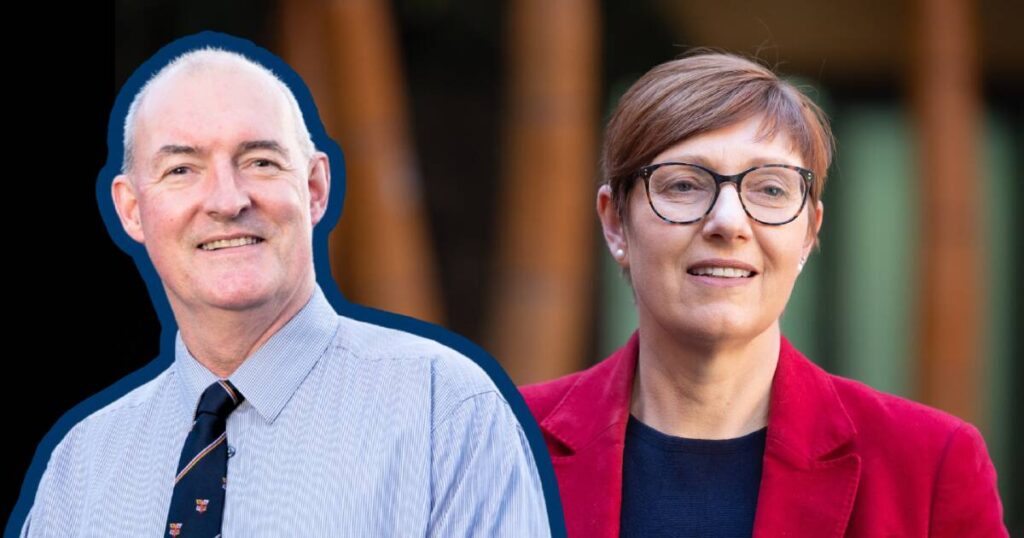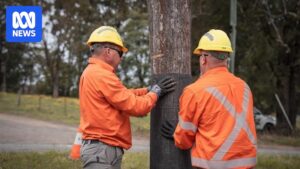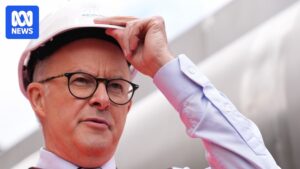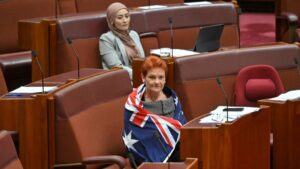
The Health Minister of the Australian Capital Territory (ACT) has firmly denied allegations that Canberra hospitals are refusing to accept patient referrals from New South Wales (NSW) for elective surgeries. This denial comes amidst growing concerns and claims from medical professionals about the accessibility of healthcare services for residents of southern NSW.
Orthopaedic surgeon Professor Paul Smith, who resigned from Canberra Hospital earlier this year, has publicly criticized the ACT’s healthcare policies. According to Smith, residents from the South Coast are being prevented from joining orthopaedic surgery waitlists in Canberra. However, Health Minister Rachel Stephen-Smith has countered these claims, stating that NSW patients are not being denied access to services unavailable in their region.
Allegations of Injustice
In an interview with ABC radio, Dr. Smith expressed his frustrations, highlighting that he no longer sees public patients at an outreach clinic in Moruya due to Canberra hospitals allegedly rejecting referrals. “If I was ever going to submit a request for admission, it would be refused,” he remarked. He described the situation as “cruel” and an “injustice,” especially for retirees who had spent their working lives in Canberra before moving to the South Coast.
Canberra Hospital, a major healthcare provider, receives funding from NSW to offer specialized care to residents of southern NSW. Despite this, Ms. Stephen-Smith reiterated that Canberra would not accept NSW patients for services already available in their area, citing hospitals like Wollongong, Shoalhaven, Shellharbour, and Milton-Ulladulla, which offer orthopaedic surgery.
Claims of Active Blocking
Dr. Smith is among six orthopaedic surgeons who resigned from their part-time public hospital roles, protesting against pay and policy changes. While three have returned following negotiations, the controversy continues. In a publication by the Australian Medical Association, surgeon Sindy Vrancic expressed her understanding that Canberra Health Services was “actively blocking” referrals from NSW.
“Now these remote surgeons will need to decide where in NSW they will send their uninsured complex shoulder patients,” Dr. Vrancic stated in June.
Before his departure, Dr. Smith noted that there were over 800 patients waiting for joint replacements, yet the ACT government reportedly funds only 400 replacements annually. A government spokesperson confirmed to the ABC that orthopaedic elective surgery waitlists have remained unchanged since the resignations, and a new unit director has been appointed to replace Dr. Smith.
Negotiations and Resource Allocation
Statistics reveal that NSW residents accounted for 25,800, or 17 percent, of hospitalizations in Canberra’s public hospitals during the 2023-24 period. In contrast, ACT residents made up less than 1 percent of hospitalizations in NSW public hospitals. The government has clarified that one in four ACT hospital patients are from NSW, referring to acute public hospital service activity, which considers the complexity of patient admissions.
Efforts are underway to negotiate higher compensation for services provided to NSW residents. A union representative informed The Canberra Times that NSW doctors and paramedics often prefer referring patients to the ACT due to better resources and higher acceptance rates.
Looking Forward
The ongoing debate over patient referrals and healthcare accessibility highlights the complexities of inter-state healthcare arrangements in Australia. As negotiations continue, the focus remains on ensuring equitable access to medical services for all residents, regardless of their location. The outcome of these discussions could set a precedent for how healthcare services are managed between states in the future.
Meanwhile, stakeholders await further developments, as the ACT government and healthcare professionals strive to find a balance between resource allocation and patient care. The situation underscores the importance of effective communication and collaboration across state lines to address the healthcare needs of all Australians.






